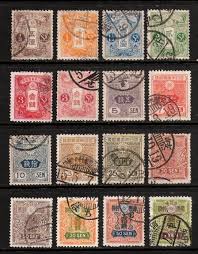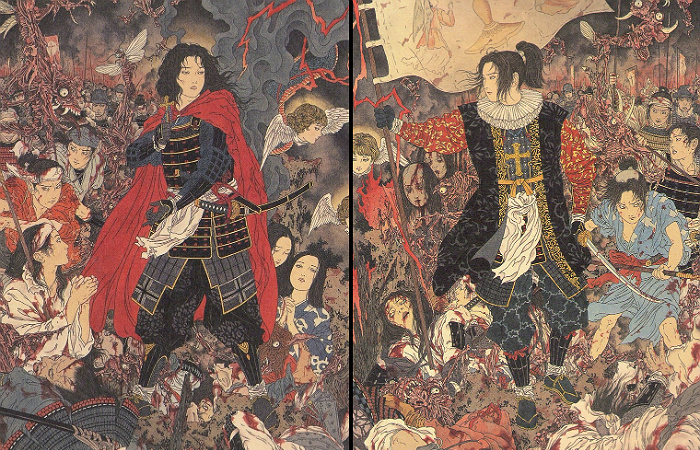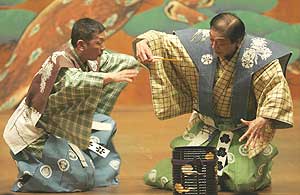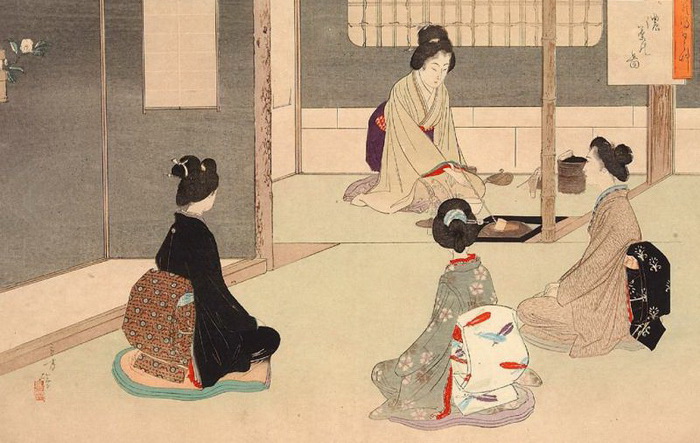Traditional japanese tea ceremony
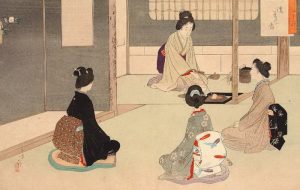 Japanese culture has given the world an ideal recipe for estranging from everyday worries and gaining a sense of peace and harmony with the world. A complex, symbolic tea ceremony is subject to fairly simple principles; they connect naturalness and sophistication, unpretentiousness and beauty. The “Way of Tea” – not eating, not gathering with friends – is a form of Buddhist meditation that arose about four centuries ago.
Japanese culture has given the world an ideal recipe for estranging from everyday worries and gaining a sense of peace and harmony with the world. A complex, symbolic tea ceremony is subject to fairly simple principles; they connect naturalness and sophistication, unpretentiousness and beauty. The “Way of Tea” – not eating, not gathering with friends – is a form of Buddhist meditation that arose about four centuries ago.
Ritual history
Like other traditional Japanese practices, the tea ceremony came to the islands of the Land of the Rising Sun from China. The drink itself has been familiar to the Japanese since the 7th century; it is believed that Buddhist monks brought him. By the XII century, tea was already familiar to all classes of Japanese society, it was drunk both in the peasant’s hut and at the court of the shogun. But if at first they gathered for tea to eat and talk, then from the 13th century the monks gave the process of drinking tea the character of a ritual. The first rules of the ceremony were developed by master Daeyo.
Gradually developing and changing, the ritual of joint tea drinking spread beyond the walls of Buddhist monasteries; since the 15th century, lay people have also taught its rules. The ceremony pleased both samurai and, before important battles for drinking tea, they freed thoughts and heart from unnecessary burden, from the fear of death.
Sen-no Rikyu, who lived in the 16th century, had a great influence on the formation of the tea ceremony. He studied tea traditions from his youth, and by the age of sixty he became one of the most influential masters. About his rituals, the samurai said: “I drank tea prepared by Sen-no Rikyu, I am ready for death.” In the art of the tea ceremony, Rikyu relied on the Japanese idea of ”wabi” – simplicity and naturalness – and “sabi” – beauty and sophistication.
In 1591, Sen-no Rikyu, by order of the ruler Toyotami, Hideyoshi committed hara-kiri. The reasons are unknown – only suggestions are made that Hideyoshi did not accept the principle of simplicity on which Rikyu based his teachings, and considered his influence excessive. According to the old tradition, the ritual suicide of the master was preceded by a tea ceremony.
Rikyu school continued to exist, its descendants and followers developed tea traditions, based on what was created by the master. It was Rikyu who determined the etiquette of the ceremony, and also the requirements for the utensils used in the ceremony. In addition, thanks to the master, in addition to the tea house where tea was held, they began to create a garden and a path adjacent to it. The house itself was built extremely simple, like a peasant hut – nothing more, full compliance with the principles of Zen Buddhism. Tea was prepared and drunk from ceramic dishes, simple and no frills.
The main purpose of the ritual was to find peace for all guests, free from everyday worries, appeal to beauty and truth. Four hundred years later, the meaning of the tea ceremony remains the same.
Not just tea drinking, but meditation
The Japanese tea ceremony is based on four principles: sei – purity, kei – respect, wa – harmony and jaku – calm. Tea party itself is a strictly defined sequence of actions of participants where there is no place for improvisation or deviation from the rules of the respective school.
Due to the fact that all guests of the tea house strictly obey order, participating in the general ritual, a special mood arises, similar to meditative practices, allowing you to distance yourself from your usual “I”. During the ceremony, the masters create such an atmosphere that leads to appeasement, harmony with the world and nature – this state is achieved through the consistent performance of many rituals.
They begin even before the guests enter the room where the ceremony will take place. The owner meets the ceremony participants in the kindergarten – pulling, escorts along a stone path to a small pool-well, where with the help of a special bucket they can wash their hands and mouth. This symbolizes purity not only bodily, but also spiritual. After that, guests follow to the tea house – chashitsu.
In its traditional form, this house had a very low door – less than a meter high, so that incoming people had to kneel down to get inside. In addition, a small doorway forced the armed samurai to leave long swords outside the room – during the ceremony, guests were not distracted by social conventions associated with ranks, or objects that disturb peace – guests seemed to find themselves outside the familiar world. According to Japanese tradition, shoes were left at the doorstep – they still do this.
